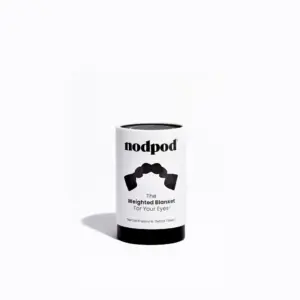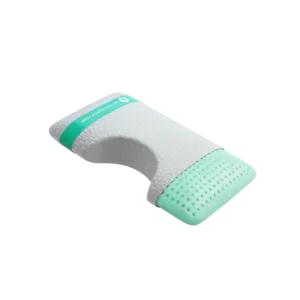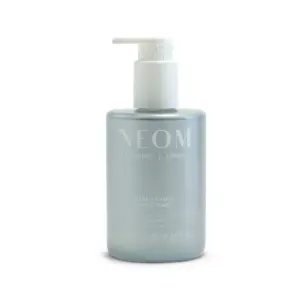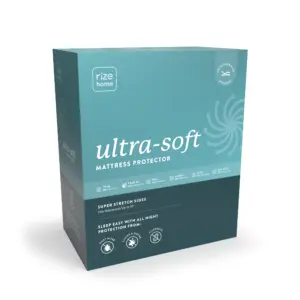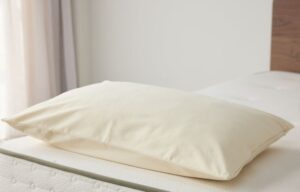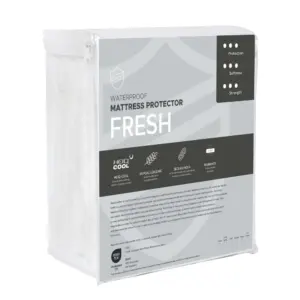How to Relieve Sunburn Pain in Less Than an Hour a Day
Understanding Sunburn: Why It Hurts
Knowing how to relieve sunburn pain quickly starts with understanding what happens to your skin when it’s burned by the sun. Overexposure to ultraviolet (UV) rays damages your skin on a cellular level. These UV rays cause your skin to turn red and swollen due to inflammation—a natural immune response—leading to the discomfort and pain we associate with sunburn.
When the skin is damaged, your body increases blood flow to the area, resulting in that characteristic redness and warmth. This inflammation often peaks at night, just when you want to get a good night’s sleep. With this knowledge, the path to relief becomes clearer.
How to Sleep with a Sunburn
Getting a good night’s sleep can feel impossible when you’re dealing with a painful sunburn. Here are essential tips designed to minimize your discomfort:
1. Take a Cool Shower
A cool shower not only feels refreshing but also helps to reduce inflammation on your sunburned skin. Aim for a cool temperature—not too cold, as that can cause shock to your skin. Pat gently with a soft towel afterward to avoid aggravation.
2. Moisturize with Aloe Vera Gel
Aloe vera is renowned for its soothing qualities. Applying a generous layer of aloe vera gel to the affected areas provides hydration and aids in cooling down your skin. This natural remedy not only eases pain but also promotes healing.
3. Utilize Cool Compresses
Dampen a washcloth with cool water and place it on the sunburned areas. The coolness will help to relieve pain and swelling temporarily. For maximum relief, keep a few cloths in the refrigerator and rotate them as necessary.
4. Stay Hydrated
Hydration plays a crucial role in skin recovery. Sunburn can rapidly deplete your fluids, leading to dryness and discomfort. Keep a bottle of water at your bedside to stay hydrated throughout the night, which will help support your skin’s healing process.
5. Opt for Loose, Breathable Clothing
When trying to find a comfortable sleeping position with a sunburn, wearing loose-fitting clothing is imperative. Natural fabrics like cotton allow your skin to breathe and reduce unnecessary friction, making it easier for you to drift off to sleep without constant irritation.
6. Maintain a Cool Sleep Environment
Adjust your bedroom temperature to keep the atmosphere cool, aiming for around 60-67°F. If you have air conditioning, set it to a lower temperature. A comfortable sleeping environment can greatly influence your ability to fall asleep, especially when experiencing a sunburn.
Good Sleeping Positions for Sunburn Relief
When it comes to sunburn and sleep, the position you choose can significantly impact your comfort levels:
– Back Sleeping: This position distributes your body weight evenly, minimizing pressure points. Use a pillow under your knees to help maintain the natural curve of your spine.
– Side Sleeping: If your back is sunburned, lying on your side can relieve pressure. Use a pillow between your knees to keep your spine aligned and reduce stress on your hips.
– Stomach Sleeping: When your back is severely burned, sleeping on your stomach can be a viable option. However, this position may strain your neck, so consider using a thin pillow or none at all.
7. Avoid Further Sun Exposure
Once you’ve got a sunburn, the last thing you want to do is expose your skin to more UV rays. Stay indoors, wear protective clothing, and use sunscreen when going outside to facilitate faster healing.
How Long for a Sunburn to Heal?
Healing times for sunburn depend on severity. Mild sunburn typically starts to improve within three days, while moderate burns might take up to a week. Severe sunburn can linger for two weeks or more, especially if blisters are involved. Supporting your skin by staying hydrated and moisturizing can aid in quicker recovery.
When to Seek Medical Attention
Most sunburns can be treated at home, but certain symptoms warrant a doctor’s visit. If you experience severe pain, extensive blistering, noticeable swelling, or signs of infection (like red streaks, pus, or a fever), consult a medical professional immediately.
Preventing Sunburn: Moving Forward
To prevent sunburn in the future, always wear a broad-spectrum sunscreen with an SPF of at least 30. Reapply it every two hours, especially after swimming or sweating. Additionally, seek shade during peak sun hours and wear protective clothing like wide-brimmed hats.
In conclusion, sunburn can disrupt your sleep, but managing your discomfort is within your control. By taking simple steps to alleviate pain and carefully selecting your sleeping conditions, you can significantly improve your sleep quality as your skin heals. Don’t let sunburn dictate your nights—understand the strategies for relief, and rest easier.




